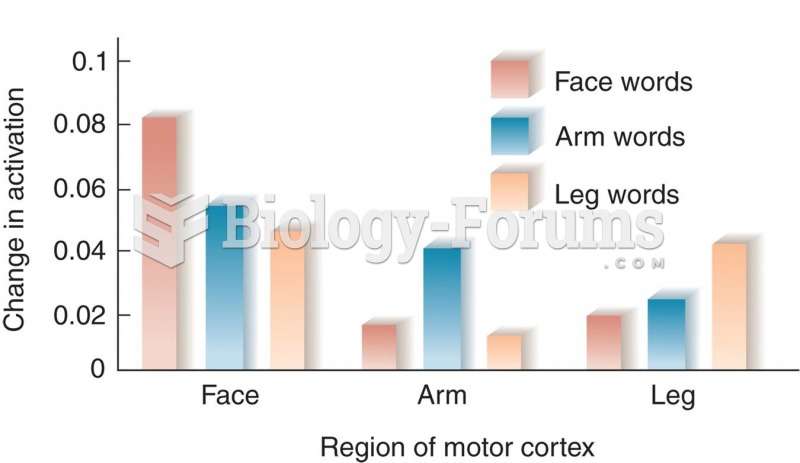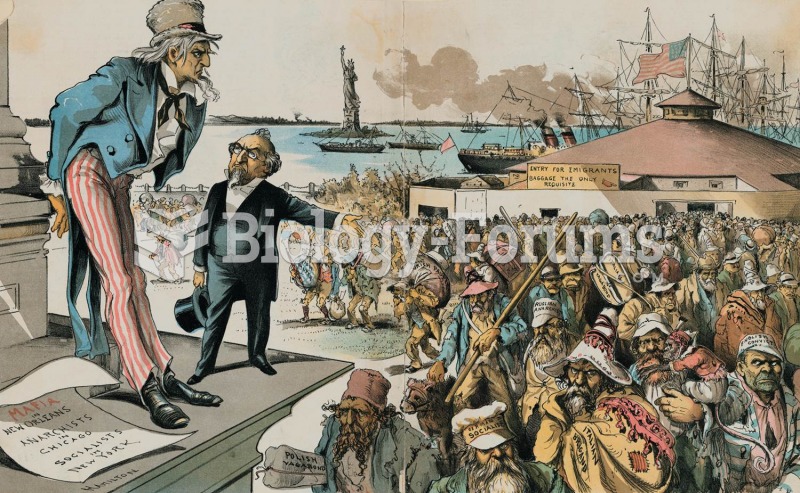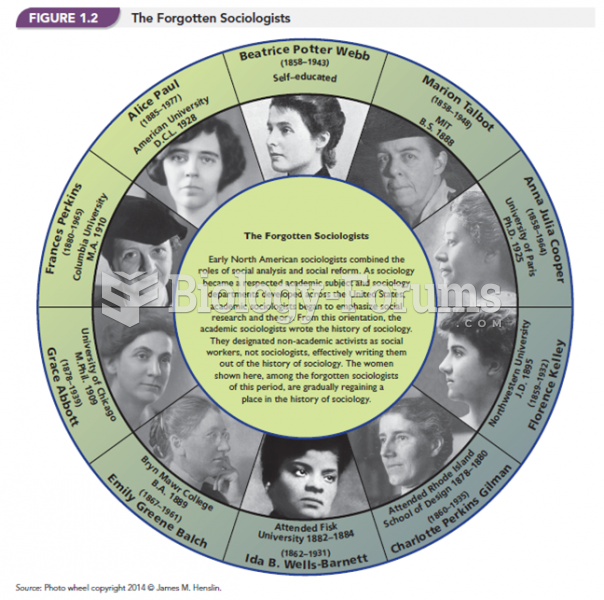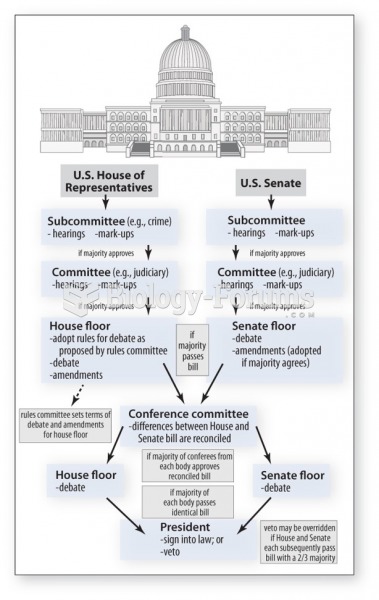Answer to Question 1
False
Answer to Question 2
Over time, the revenue sources of the Tokugawa bakufu dried up. Because status was hereditary, many high-ranking samuraiwho oversaw the administration of the state and the domains made relatively little effort to attend to emerging problems of the time. The Tokugawa leaders rarely carried out land surveys, which made it hard to tax subjects fully. Meanwhile, commerce modernized and a thriving merchant class emerged, but for the most part the bakufu did not bother to tax merchants' wealth. At the same time, many samurai grew disenchanted with their place in the economic and social order. Lower-ranking samurai who did not receive plum government positions grew increasingly resentful. And as the bakufu and daimyo grew poorer, these lower-level samurai received smaller stipends. Samurai found the decreased wealth galling, as they watched socially inferior merchants grow increasingly wealthy.
Against this backdrop of a weakened and resource-poor central government, the Western powers forced Japan to open up to the outside world. In 1853, U.S. navy ships arrived in Japan and, threatening military force, forged trade agreements. The Western powers instituted a series of unequal treaties, that favoredthe West, infringed on Japanese sovereignty, and forced Japan to forfeit its legal power over foreigners who stepped on Japanese soil. Unable to protect Japan from outside barbarians, the bakufu lost credibility. Domains that had long quietly opposed the bakufu from afar sought to take a greater leadership role. They developed their own armies and, led by samurai who sought to improve their positions, defeated the forces of the bakufu. In 1868, the victorious forces brought an end tothe Tokugawa bakufu and restored power to the Meiji emperor.The Meiji Restoration was a revolution led by samurai who restored power to the emperorspecifically the Emperor Meijiand created a new governmental system centralized around him that exerted power throughout the country. The Meiji state was in large part a response to the decline of the legitimacy of traditional forms of authority, but also designed to develop a stronger Japanese military and economy to catch up to the West.







